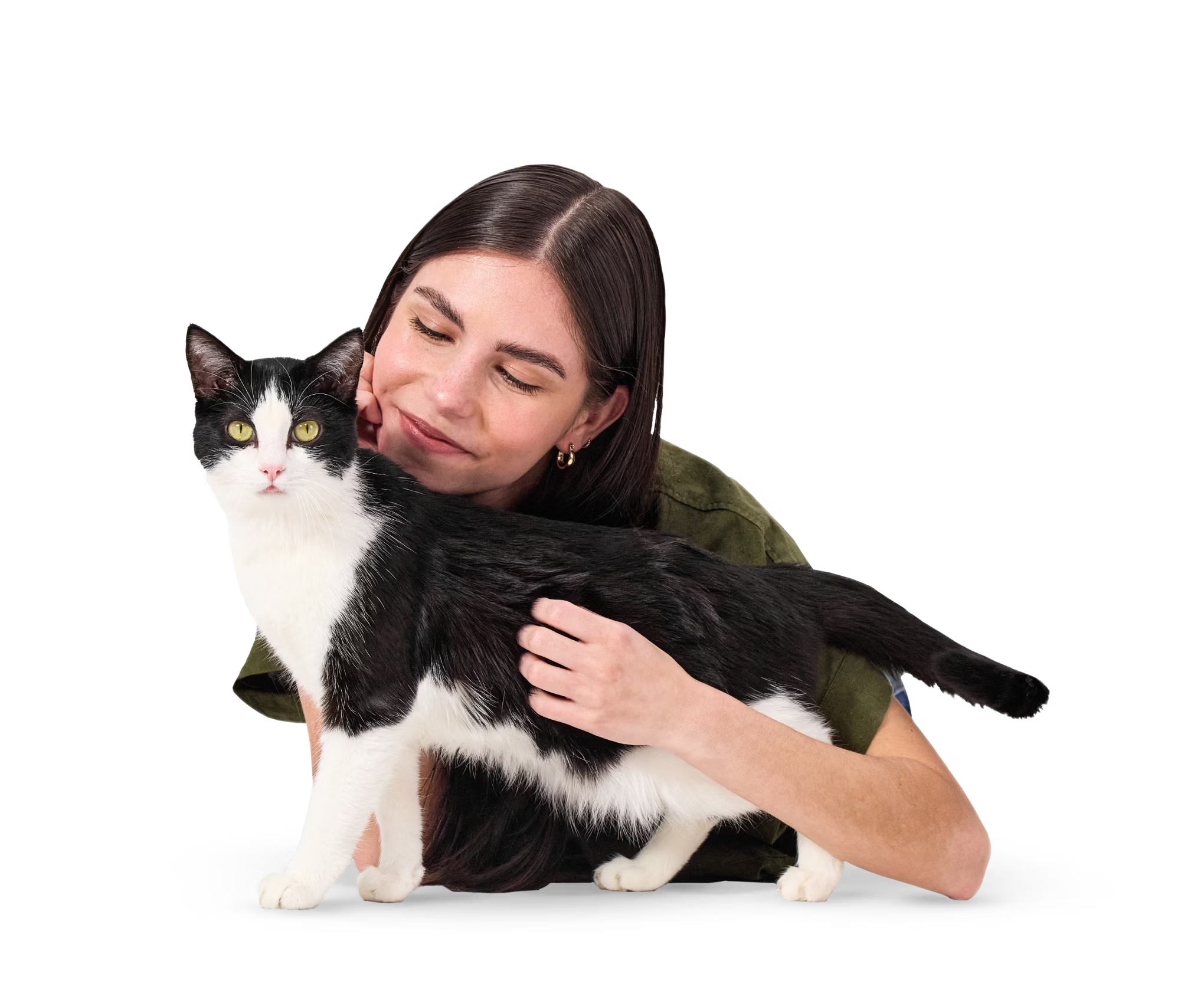Progressive Retinal Atrophy (Discovered in the Persian)
Progressive Retinal Atrophy (Discovered in the Persian) is a disorder that causes degeneration of the light sensing retina at the back of the eye, resulting in vision loss.
Key Signs
Increased eye-shine (due to retinal degeneration), Reduced pupillary light reflexes, Loss of vision, Blindness
Age of Onset
0 to 2 yrs
Juvenile onset
Inheritance
Autosomal Recessive
For autosomal recessive disorders, cats with two copies of the variant are at risk of developing the condition. Cats with one copy of the variant are considered carriers and are usually not at risk of developing the disorder. However, carriers of some complex variants grouped in this category may be associated with a low risk of developing the disorder. Individuals with one or two copies may pass the disorder-associated variant to their kittens if bred.
Likelihood of the Condition
High likelihood
At risk cats are highly likely to show signs of this disease in their lifetime.
What to Do
Here’s how to care for a cat with Persian Progressive Atrophy
Partner with your veterinarian to make a plan regarding your cat’s well-being, including any insights provided through genetic testing. If your pet is at risk or is showing signs of this disorder, then the first step is to speak with your veterinarian.
For Veterinarians
Here’s what a vet needs to know about Persian Progressive Atrophy
Progressive Retinal Atrophy (PRA) in Persian cats is characterized by an early-onset degeneration of the retinal photoreceptors with a rapid progression to blindness. The first clinical sign of the disease is typically the reduction of the pupillary reflexes in kittens as early as two to three weeks of age. Other signs may include a hyper-reflective tapetum and behaviorally evident visual deficits, such as accidentally bumping into things. The disease leads to a near complete loss of photoreceptors and, thus, blindness by sixteen to seventeen weeks of age. The disorder is classically diagnosed by an ophthalmoscopic examination.
Although this condition results in vision loss and eventual blindness, many cats adapt remarkably well to vision loss. Owners may find that it is helpful to keep the cat's main environment as stable as possible (avoid moving food bowl, water bowl, litter box, furniture, etc.) to help them navigate as vision worsens. To avoid startling the cat, speak to and stroke the cat before picking them up and set them back down in an area where they can easily orient themselves, such as next to their food bowl. Use toys that make a noise (ex. balls with bells) for play. Caretakers should take precautions to protect the cat from threats it cannot visually detect (ex. stairs, pools, moving vehicles). Owners should also be advised that their cat cannot safely roam freely outdoors due to its compromised vision.
For Breeders
Planning to breed a cat with this genetic variant?
There are many responsibilities to consider when breeding cats. Regardless of test results it is important that your cat is in good general health and that you are in a position to care for the kittens if new responsible owners are not found. For first time or novice breeders, advice can be found at most cat registry websites.
This disease is autosomal recessive meaning that two copies of the mutation are needed for disease signs to be shown. A carrier cat with one copy of the Persian Progressive Atrophy mutation can be safely bred with a clear cat with no copies of the Persian Progressive Atrophy mutation. About half of the kittens will have one copy (carriers) and half will have no copies of the Persian Progressive Atrophy mutation. Kittens in a litter which is expected to contain carriers should be tested prior to breeding. Carrier to carrier matings are not advised as the resulting litter may contain affected kittens. Please note: It is possible that disease signs similar to the ones caused by the Persian Progressive Atrophy mutation could develop due to a different genetic or clinical cause.
Technical Details
| Gene | AIPL1 |
|---|---|
| Variant | C>T |
| Chromosome | E1 |
| Coordinate | 940,445 |
All coordinates reference FelCat9.0
We’ve spent the past 20+ years devoted to DNA. Our team of scientists and vets have spent decades developing the most accurate pet DNA test. Because every pet deserves to have their whole story told. We’ve collaborated with leading academic institutions, innovative research labs, and Banfield Pet Hospital™ to make our process exceptionally precise, fast, and affordable.

References & Credit
Credit to our scientific colleagues:
Alhaddad, H., Gandolfi, B., Grahn, R. A., Rah, H. C., Peterson, C. B., Maggs, D. J., Good, K. L., Pedersen, N. C., & Lyons, L. A. (2014). Genome-wide association and linkage analyses localize a progressive retinal atrophy locus in Persian cats. Mammalian Genome, 25(7–8), 354–362. View the article